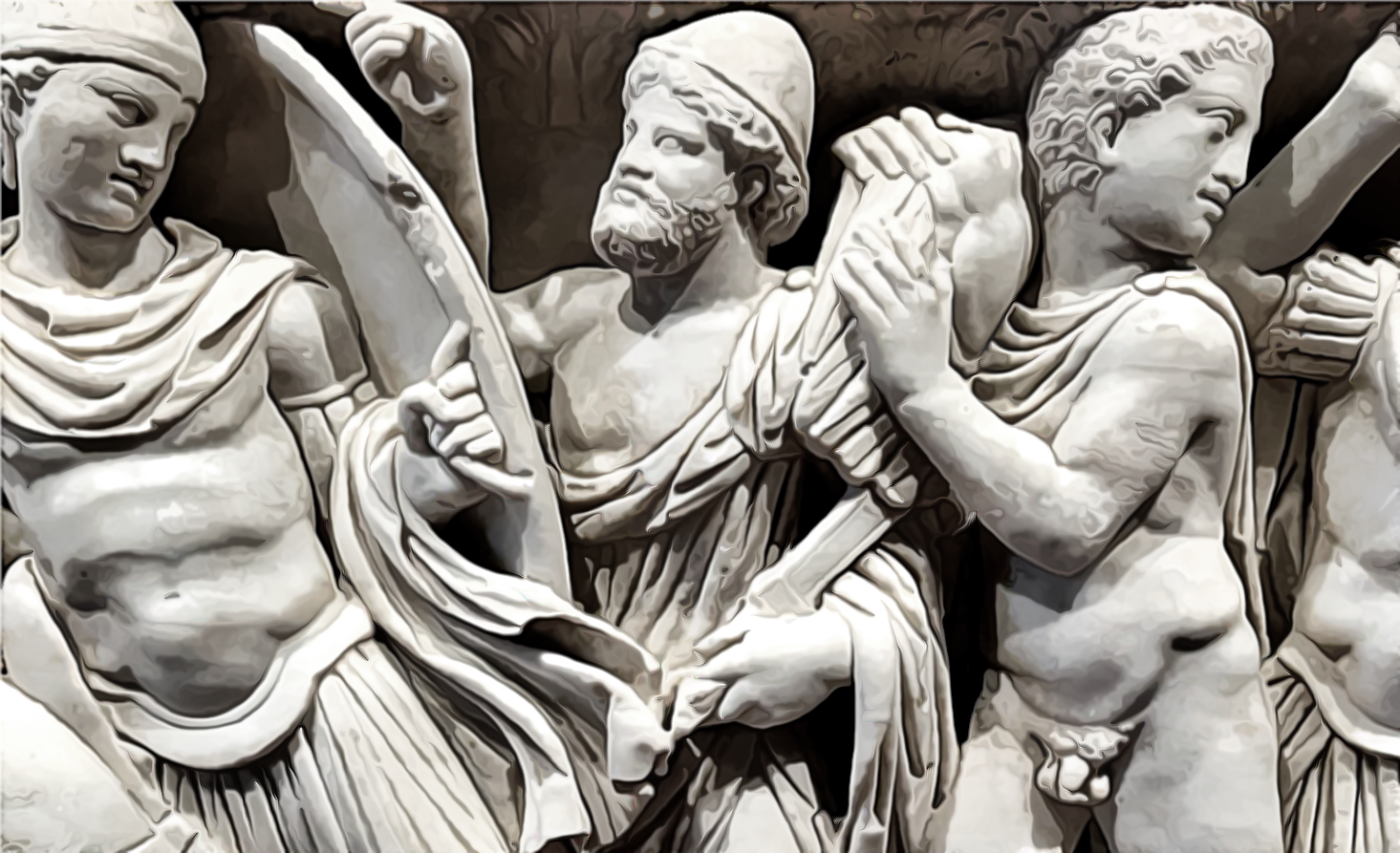Coaching Costs
Coaching costs more than other hourly tasks (on par with therapists but below lawyers, doctors, and CEOs). Programmers, analysts, and engineers often make in the $25-45 hourly range, or $50-90,000 per year. Meanwhile, coaches and therapists average $150-300 per hour. So why the difference in cost? What sets the rate for coaches? The answer is the same things which set the rates for therapists. This article will lay out coaching responsibilities which determine cost, and the average rates of return, which is in the same range, $50-90,000 per year.
Responsibilities of Business Owners
First, coaches are small business owners. Managing a business takes 2-4 hours per day or more. This comes with financial responsibilities which include:
Administrative costs of booking, taxes, rent, and city fees, as well as creating and maintaining materials pertaining to running the business.
Personnel including assistant, lawyer, and accountant.
Licensing & Insurance costs ranging hundreds to thousands of dollars each year.
Networking & Marketing costs which include time and money spent on networking groups and events, as well as websites, client referrals, and other memberships. (Refer your Coach! That will free brain space for their focus on you.)
Cost of Experience
Becoming a coach or therapist requires a lot of knowledge and experience. Experience is costly in time and energy investment. Practitioners should spend an equal amount of time in preparation as they do in the session. This reduces revenues by 50%.
Training. Coaches require ongoing education and training to optimize in-session performance and receive licenses. Continuing education provides the best service. This includes sharing client interactions with supervising coaches and mentors to find solutions.
Researching Data, Ideas, Resources. Keeping up to date on evolving practices and theories is crucial. The demands on coaches and therapists’ knowledge are perhaps exceeded only by surgeons and lawyers.
Mental Preparation. We soak up the mental state of our coaches, and they soak up yours if they’re not prepared. Failure in this realm results in bias, transference, and unprofessional behavior. Maintaining optimism, drive, introspection, mindfulness, intention, and a beautiful state is a primary responsibility of coaches and therapists.
Psychological Management. Mental health practitioners have a mandate to display exemplary psychological health and balance. As representatives, they must take their own advice, which includes seeing their own coach and therapist as well as implementing the strategies they recommended.
Limitations on Practice
The cost of experience places limitations on the number of individuals a single person can coach. Surveys indicate coaches average 8 clients, while the most industrious coaches only retain around 20 private clients and employ shorter sessions. The difference in coaching and therapy here is that coaching requires more energy and ingenuity, while therapy requires more empathy and distance.
Quality of Service. Few people can maintain intense focus more than three hours per day. This is a state of fight or flight – breathing is reduced and nutritional resources are consumed quickly. Many EU countries are reducing work to 6 hours per day because the data shows significantly increased productivity and creativity when people work more than 6 hours per day.
Exhaustion. If a coach sees ten clients, that is two clients for 3 hours of intensive meetings. Sessions require focused attention, presence, and ingenuity in their responses and insights. As clients numbers increase, requirements become extreme. Coaches who coach 6 hours per day, 5 days per week, the equivalent of twenty 90-minute clients or thirty 60-minute clients, are pushing to the edge of their mental and physical capacity. When they finish, they still have to run a business and self-educate.
No Fridays. Coaches must perform at their best. Imagine if your coach slacked off on Fridays, Mondays, or afternoons. –they would underserve their clients, finding them struggling to maintain presence or focus and providing weak ideas. Clients would fire them, if not immediately, after they continued to underperform.
Growing Together
Hiring a coach is an excellent way to get ahead, but coaches have to grow in order to continue to support clients. The difference in coaching and therapy here is that therapy grows downwards with education and experience to heal more difficult clientele, while coaching grows upwards with experience to gain and maintain activation of successful clientele.
Falling Behind. Failing to compensate your coach adequately results in their falling behind you in growth, as they lack the funds to further their own growth.
Investment Loss. If your coach doesn’t grow at your pace, you’ll have to get a new one and you’ve wasted your investment – all personal knowledge and investment is lost. Finding a new coach who “gets you” can be difficult and take time to build rapport “Invest in your employee’s growth then treat them so good they never want to leave.”
Growing Together. Ensuring your coach grows with you is a wise move. For this reason, many coaches have sliding scales which allows them to take on low-income clients and benefit when the clients succeed. Tony Robbins charges his business clients – who are owners – with both a retainer and company ownership.
Summary
Coaches are business owners who sell the best of their time and energy – the top 20% of their day. Coaching requires a lot of effort from the coach, both in and out of the session so they are limited by demands on their education, mental state, and their performance. Coaches have to take all the advice they give and keep growing too.
